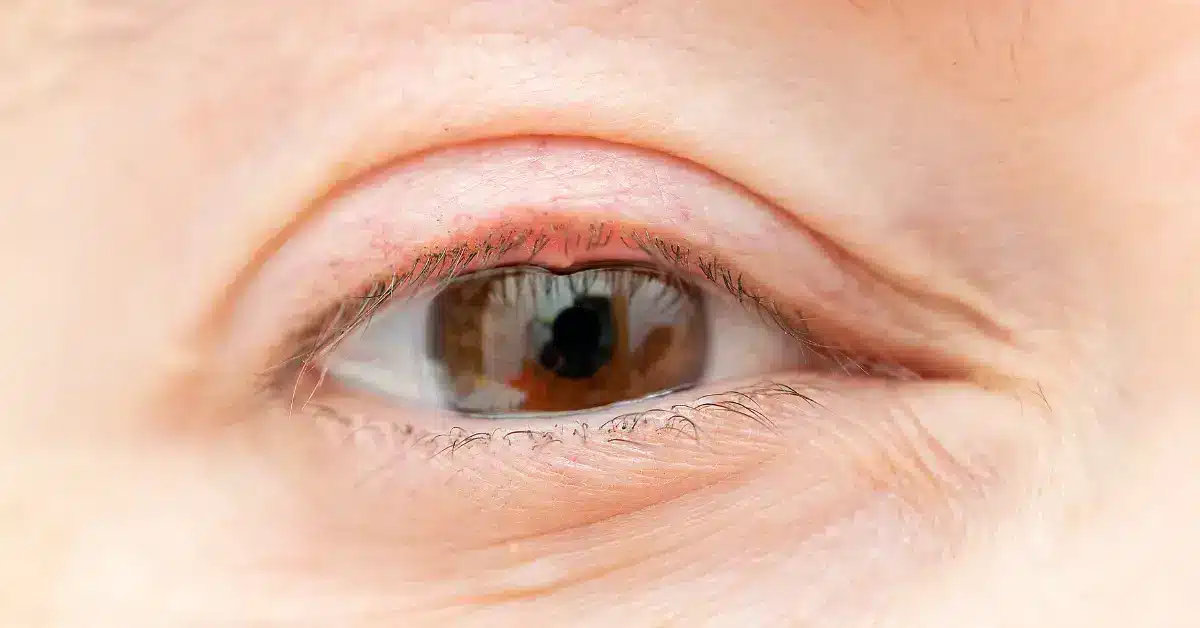Bacterial Pink Eye Symptoms: Recognize the Signs
Conjunctivitis, also called pink eye, is an inflammation of the conjunctiva that lines the eyelid and the eyeball.
The condition is referred to as pink eye because of the reddening of the eye after the infection.
Additionally, itching and swelling are the early symptoms of bacterial pink eye.
The condition is responsible for the majority of cases of infection in children.
Gunner Hovding mentions in his study that around 50%-75% of infected children have bacterial pink eye.
Keep reading to understand more about the signs of bacterial pink eye.
Bacterial pink eye symptoms
The predominant sign of bacterial pink eye is a clear or yellow mucus discharge, especially in the morning.
Besides the discharge complaint, you might have sensitivity to light. However, there should not be any other changes in the vision.
There might be other symptoms of bacterial pink eye, including,
- Pink or red eyes
- Itchiness in your eyes
- Watery eyes
- A gritty feeling in your eyes
These symptoms usually occur 24-72 hours after bacterial exposure.
The infection affects one eye. But another eye can also get infected if you touch it after the infected eye.
Bacterial Conjunctivitis can be highly contagious, but it is rarely serious. Moreover, there is no pain or long-term vision damage.
Bacterial pink eye vs viral pink eye symptoms
The two most common causes of pink eye are viruses and bacteria.
Although bacterial and viral pink eye share several symptoms in common, some differences can help distinguish them.
In bacterial Conjunctivitis, the infected eye appears redder than viral pink eye.

While watery eyes are a sign of both conditions, bacterial pink eye is often accompanied by a mucus discharge.
Contrary to bacterial Conjunctivitis, you may experience eye irritation (Chemosis) and swelling of preauricular lymph nodes in viral infection.
Moreover, bacterial pink eye is associated with respiratory infections; viral pink eye usually begins with a cold.
“Green or yellow pus discharge usually indicates a bacterial infection, while clear or white discharge is more commonly viral in origin. Itching is most typical of allergic conjunctivitis.”
Dr. Benjamin Ticho
Also Read: If you are looking for more looking to know more about the bacteria that cause pink eyes, read What Bacteria Causes Pink Eyes?
When to see a doctor

Pink eye may seem alarming sometimes due to its symptoms, but it does not require treatment in most cases.
Speak with your doctor if you develop any of the following:
- Severe eye pain that gets worse after eye movement
- Blurring or other visual changes
- Discharge even after the use of medication
- Fever
- No relief in the symptoms after taking the medication
Call your doctor immediately if a newborn has pink eye, as it may affect the baby’s vision.
Thus you should speak with an ophthalmologist if your pink eye worsens after the treatment.
Takeaway
Bacterial pink eye is discomforting and may seem serious at times. But it is a benign condition and does not need any treatment.
Mucus discharge is a common symptom of pink eye from bacteria.
Apart from that, there are common signs of bacterial infection, including red eyes, watery eyes, itchiness, or a gritty feeling.
Bacterial Conjunctivitis does not cause eye pain or vision change.
Thus, if you are experiencing pain in or around your eyes or your vision is unclear, speak with your doctor immediately.
Frequently Asked Questions
WowRx uses only high-quality sources while writing our articles. Please read our content information policy to know more about how we keep our content reliable and trustworthy.






